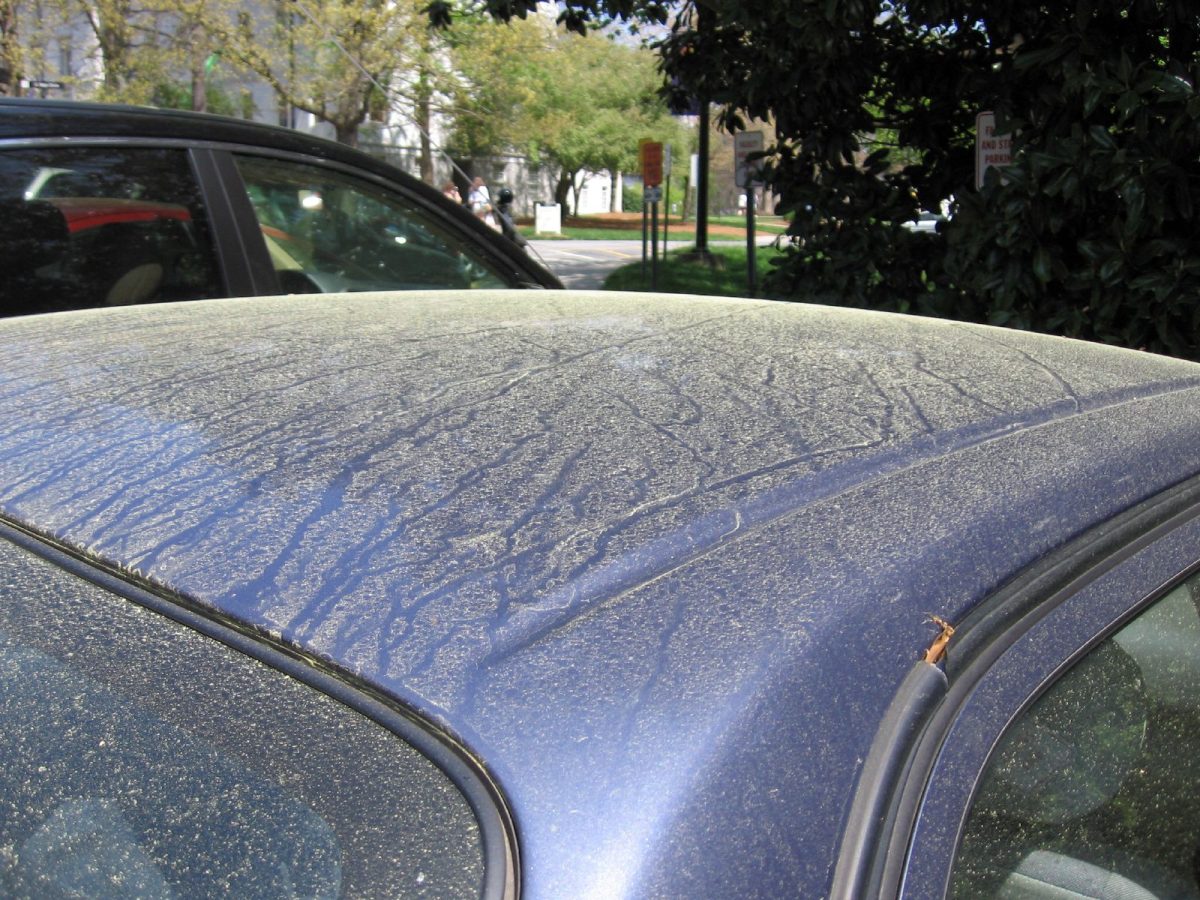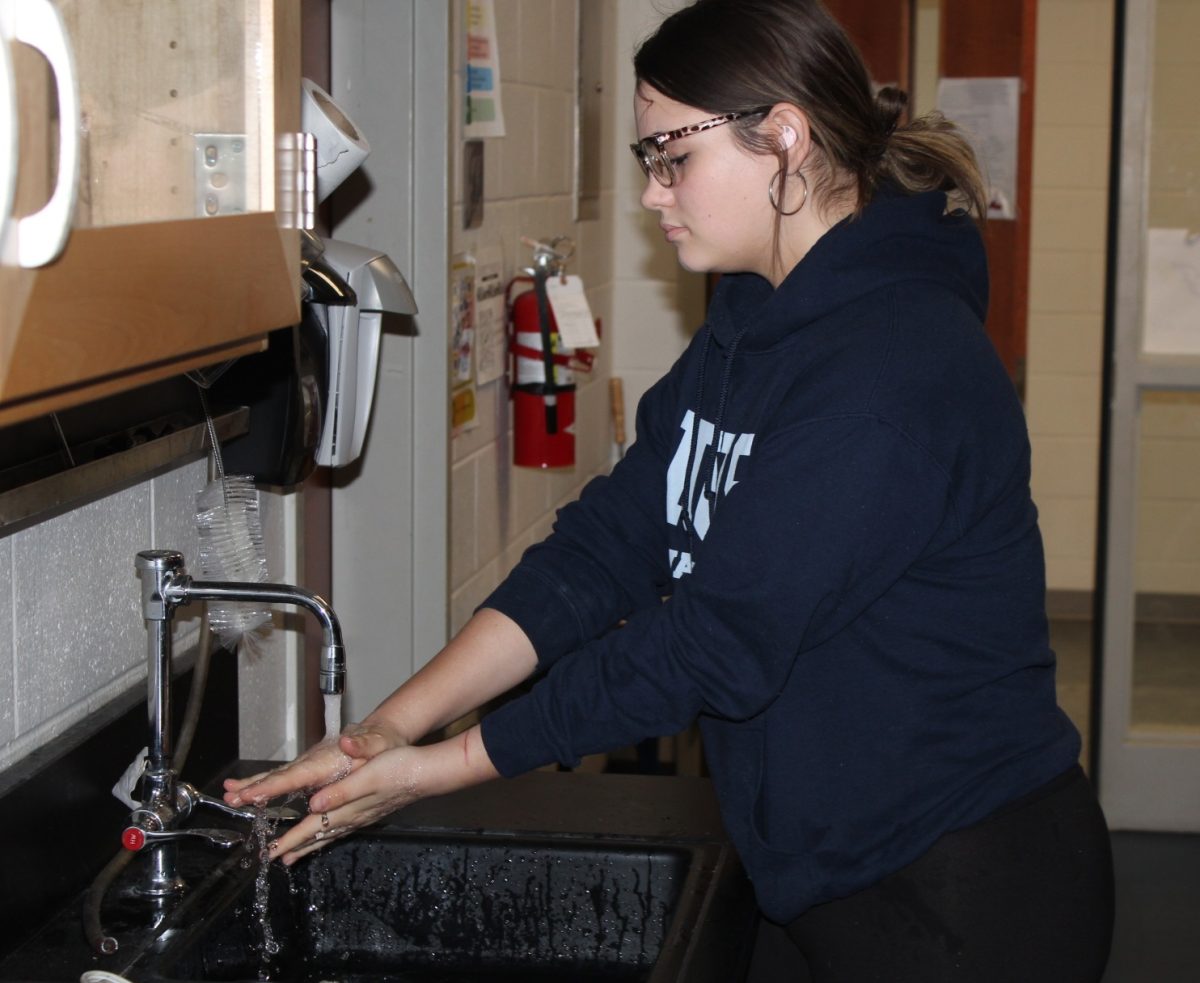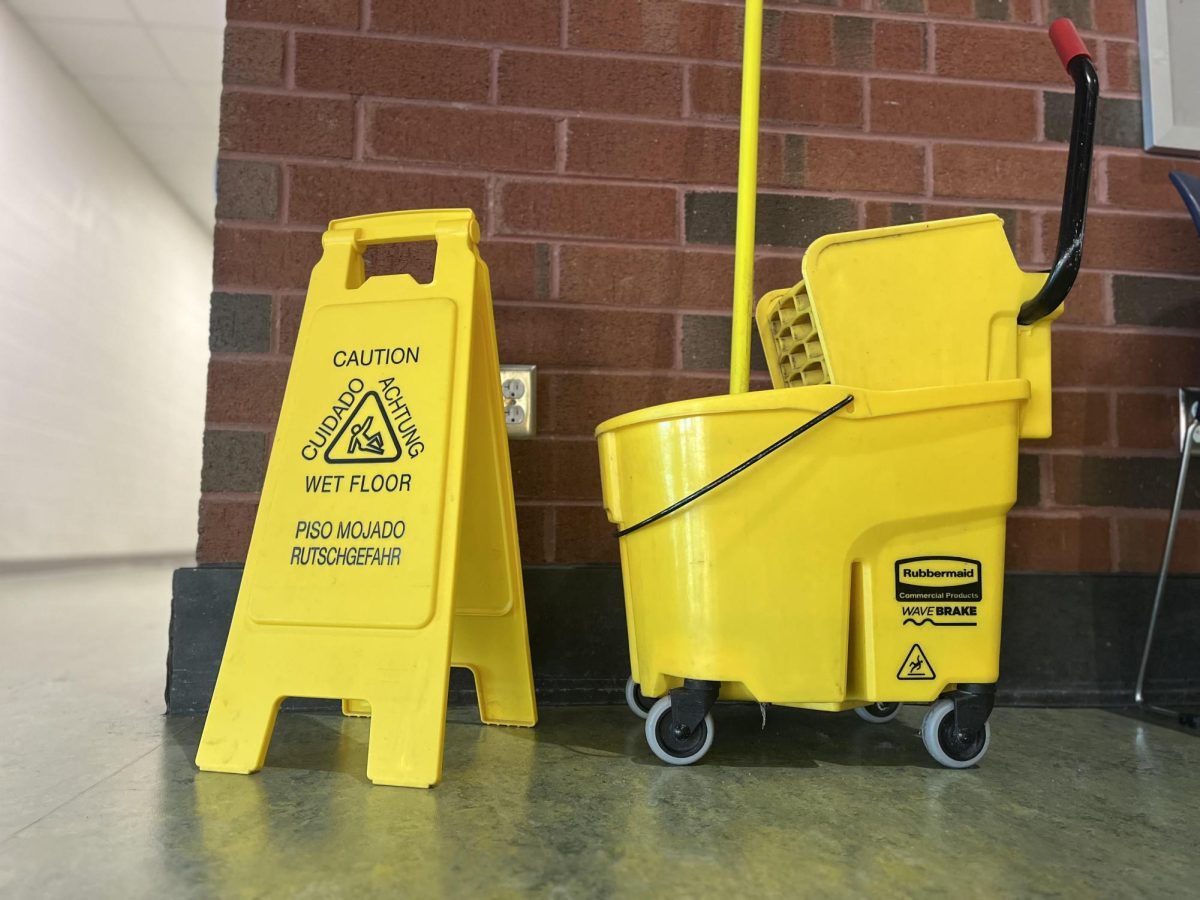While some view springtime as a beautiful and peaceful season with flowers blooming and breezes blowing, for others, it can be a time to dread, thanks to pollen. Things like tree pollen, ragweed, and mold, as well as different types of grasses, bloom during the spring months, all of which can make things miserable for those who suffer from these allergens.
According to The Emergency Center, an ER company, common allergy symptoms include:
- Runny nose/nasal drip
- Sore throat
- Sneezing
- Itchy nose and eyes
- Pressure in the sinuses
The Asthma and Allergy Foundation of America notes that around 26% of adults and 19% of children Americans, or about 81 million people, are allergic to pollen. The immune system sees pollen as a danger and releases antibodies to attack the allergens. This causes the release of histamines into the blood, which leads to symptoms such as a runny nose and itchy eyes.
While you can’t see all types of pollen in the air, you may recognize yellow powder coating (mainly from pine tree pollen) on surfaces during the times with the highest pollen counts. The Asthma and Allergy Association notes the following high pollen count seasons in the U.S.:
February – April: trees (can start as early as December or January)
April – early June: grasses
August – first hard frost: weeds
The Mayo Clinic suggests some things you can do to limit the effects of pollen, including staying indoors on dry, windy days (when pollen gets stirred up); avoid being outside for prolonged periods of time or limiting it to just after a good rain (the rain will temporarily clear pollen from the air); remove clothes that have been worn outside and shower to rinse pollen off of your skin and hair; and don’t hang laundry outside, since pollen can stick to fabric.
To further prevent the spread of pollen within your house, you should regularly wipe down surfaces, especially in rooms where you spend the most time. Another thing you can do is use air purifiers or air filters to reduce indoor allergens, as well as change out HVAC filters and keep windows closed during peak pollen times. According to IQAir, peak pollen times are from sunrise to around ten in the morning, as this is when most plants release pollen into the air.
If you are looking for some medications to help lessen the effects of allergens, there are many options recommended by the Mayo Clinic. Oral antihistamines such as Zyrtec Allergy, Allegra Allergy, Claritin, and Alavert can help relieve sneezing, itching, stuffy and runny noses, and watery eyes.
For more detailed information on different types of pollen, how to get tested for allergies, and how to treat them, see the Asthma and Allergy Foundation of America.







